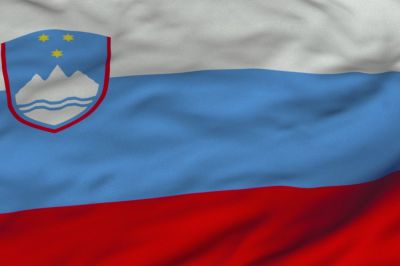
The higher educational studies take place at higher education institutions, universities or single institutions of higher education. University affiliates and single institutions of higher education may be faculties, art academies, and higher professional colleges.
By law, the founders are divided into public (state) and private (founded by a national or foreign legal entity or private individuals). All public and private institutions have to be accredited and registered in the Register of higher education institutions at the Ministry for Education, Science, Culture and Sport to be issued the publicly recognized qualifications.
According to the respective legislation, the universities are autonomous, scientific, research oriented, artistic and educational higher education institutions. Their mission is to develop science, professionalism, and arts. Universities are multi-disciplinary institutions, composed of faculties, art academies and professional colleges. Through education, they equip their students with knowledge and provide them with competences for further education or employment. They must comply with the criteria for the provision of study programmes of all three cycles.
The faculties conducts scientific research and educational work in fields of one or more related or interconnected scientific disciplines and take great care in their development. To establish a faculty, it is necessary to fulfill the requirements for at least two levels of study (the first and second or second and third cycle).
The art academies conduct artistic and educational work in the fields of one or more related or interconnected artistic disciplines and take great care in their development. To establish an art academy, it is necessary to fulfil the requirements for at least two levels of study (first and second or second and third cycle).
The higher professional colleges conduct educational activities of one or more related or interconnected trades or occupational fields and take great care in their development. To establish a higher professional college, it is necessary to fulfil the requirements for at least the first cycle. The higher professional colleges may also carry out research work if so determined in the founding act, thus fulfiling the requirements. If within the accreditation process it is established that the institution disposes of properly qualified teachers and fulfills the conditions to undertake scientific or art research, the school may also offer magister study programmes. In other cases, the programmes may only be carried out in collaboration with universities, faculties or art academies.
All higher education institutions may, besides degree programmes, also carry out non-degree supplementary study programmes of lifelong learning. Various forms of informal teaching may also be organized, for example: short courses, summer schools, training programmes, and the like. In such cases, collaboration is arranged with other partners from higher education or economic fields.